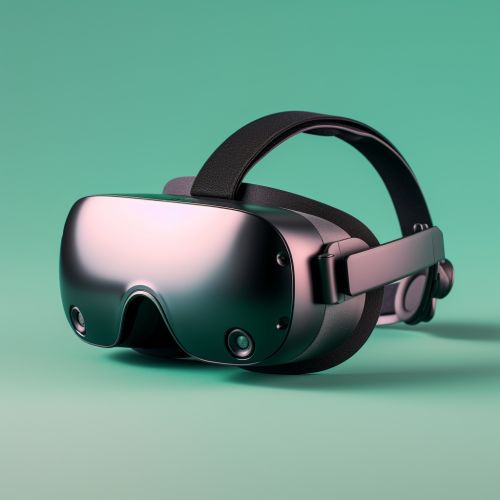Virtual Reality in Gaming
Introduction
Virtual Reality (VR) in gaming refers to the use of computer technology to create a simulated environment that immerses the user in a game world. Unlike traditional user interfaces, VR places the user inside an experience, rather than merely viewing it on a screen. Users are able to interact with 3D worlds using VR systems, such as headsets and motion-sensing devices.
History of Virtual Reality in Gaming
The concept of VR has been around for decades, but it wasn't until the late 20th century that technology caught up with vision. The term "virtual reality" was coined in the 1980s by Jaron Lanier, a pioneer in the field of VR. The first VR headsets were produced in the 1990s, but were hampered by technical limitations and high costs.


Technology
VR technology in gaming primarily consists of head-mounted displays (HMDs), motion tracking devices, and specialized gloves. These components are used to simulate a user's physical presence in a virtual environment, allowing for interaction with the game world.
Head-Mounted Displays
HMDs are the most recognizable component of VR technology. They are devices worn on the head with a display in front of the eyes, providing a stereoscopic 3D view of the virtual environment.
Motion Tracking
Motion tracking technology is used to monitor the user's physical movements and translate them into digital signals that the game software can interpret and respond to.
Specialized Gloves
Specialized gloves are used to enhance the VR experience by providing tactile feedback and allowing for more precise interaction with the virtual environment.
Applications in Gaming
VR technology has been applied in a variety of gaming genres, from action and adventure games to educational and training simulations.
Action and Adventure Games
In action and adventure games, VR allows players to fully immerse themselves in the game world, enhancing the sense of realism and engagement.
Educational and Training Simulations
VR is also used in educational and training simulations, providing a safe and controlled environment in which users can learn and practice skills.
Future of Virtual Reality in Gaming
The future of VR in gaming is promising, with ongoing advancements in technology expected to continue enhancing the immersive gaming experience. Developers are continually exploring new ways to utilize VR technology, pushing the boundaries of what is possible in virtual gaming environments.
